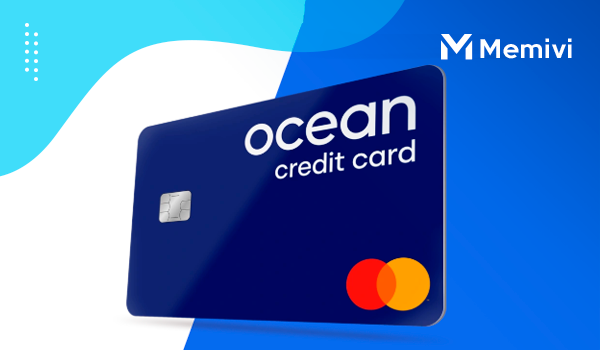
The Ocean Credit Card has become a trusted choice for people in the UK looking to rebuild or strengthen their credit history. It’s not flashy, and it won’t flood you with cashback or travel points — but that’s exactly its strength. This card focuses on what really matters: helping you prove financial responsibility and gradually open doors to better credit opportunities, loans, and even mortgage approvals down the line.
How to Use the Ocean Credit Card Effectively
Getting approved is only the start — the real results come from how you manage the card day to day. Here’s how to use it smartly.
Keep Utilisation Low: Try to use no more than 30% of your available credit. For example, if your limit is £600, stay below £180 on your balance. This signals to lenders that you can manage credit without maxing it out.
Always Pay in Full and on Time: Late or partial payments can seriously damage your progress. Thankfully, Ocean makes it easy to set up Direct Debits, so you never miss a due date. Paying in full every month avoids interest and builds trust with lenders.
Use the Card for Predictable, Small Expenses: Instead of big purchases, use your Ocean Card for things like your mobile plan or streaming subscription. Pay them off right away. These regular, controlled transactions help you build a solid record of responsible spending.
Monitor Progress via CreditView: Ocean gives you free access to CreditView, powered by TransUnion. Checking it monthly lets you track your credit score and notice positive trends or warning signs early.
Insider Tips for Building Credit Faster
The Ocean Credit Card is most effective when used strategically rather than casually. Here’s how to get the most from it.
Keep Accounts Open for at Least 12 Months: Credit history length matters. Closing an account too soon can shorten your credit record and pull down your score.
Avoid Frequent Credit Applications: Each new credit application triggers a “hard check,” which can temporarily lower your score. Space them at least six months apart.
Add Stability Indicators: Ensure your electoral roll information matches your current address. This simple step shows lenders that you’re reliable and traceable.
Request Small Credit Limit Increases: After about six months of perfect payments, consider asking for a modest limit boost.
Even a £100 increase can help lower your utilisation ratio and show lenders you’re trusted.
Use “Credit Mix” Wisely: Credit agencies reward borrowers who handle different types of credit well. Pair your Ocean Card with another responsible product, like a mobile contract or small loan.
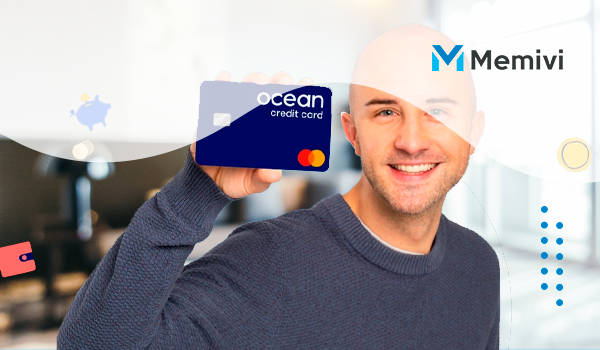
Common Mistakes and How to Avoid Them
Even with good intentions, people sometimes slip up. Here’s what to watch out for.
Paying Only the Minimum Balance: Doing this keeps you in debt longer and racks up interest. Whenever possible, pay off more — even small extra payments go a long way in saving money and improving your score.
Ignoring Statement Dates: A single late payment can hurt your record. Mark your calendar or use reminders. Think of your due date as a must-keep appointment with your future financial self.
Applying for Multiple Subprime Cards: Applying for several high-interest cards at once can look like financial stress.
Carrying Balances Near the Limit: High utilisation sends a risky signal to lenders. Try to clear balances before statements close.
Neglecting Regular Account Reviews: Checking your statements monthly helps catch mistakes or suspicious activity early.
It’s an easy habit that protects both your credit and your peace of mind.
Maximising Value Beyond Credit Building
The Ocean Credit Card can do more than just repair credit — it can also be part of a long-term financial plan.
Develop a 12-Month Credit Strategy: Set small, clear goals, such as improving from a “Poor” to a “Fair” score within a year.
Leverage Better Offers Later: Once your score improves, you’ll qualify for lower-interest options like the Barclaycard Rewards or Halifax Clarity Card. The Ocean Card acts as a stepping stone — a short-term tool leading to bigger, better opportunities.
Avoid Interest Altogether: Think of the Ocean Card as proof of responsibility, not a source of credit to carry debt.
By paying in full each month, you build credit without ever paying interest — the best kind of win-win.
Alternatives and Complementary Solutions
| Product | Typical APR | Best For | Key Features |
| Ocean Credit Card | 34.9% (variable) | Credit rebuilding | CreditView access, no annual fee |
| Capital One Classic | 34.9% (variable) | Beginners | Predictable eligibility checker |
| Tesco Foundation Credit Card | 29.9% (variable) | Everyday purchases | Clubcard points, Experian tracking |
| Aqua Advance Credit Card | 34.9% (variable) | Long-term improvement | APR reduction over time |
Each of these options targets similar users but differs in rewards and eligibility. Ocean’s biggest strength is its simplicity and transparent checker, which lets you see your chances before applying — helping you avoid unnecessary credit searches.
Frequently Asked Questions
Who is eligible for the Ocean Credit Card?
UK residents aged 18 or over with a regular income can apply — even with limited or poor credit.
Does checking eligibility affect my credit score?
No. Ocean uses a soft search that only you can see.
What happens if I miss a payment?
You might be charged a late fee, and your credit score can take a hit. Setting up a Direct Debit prevents this easily.
Can I increase my credit limit?
Yes, after several months of responsible use. Ocean may offer a limit increase automatically once you’ve shown reliability.
Final Recommendation
The Ocean Credit Card stands out as one of the UK’s most transparent and reliable tools for rebuilding credit. It’s best for people who:
- Want to establish or rebuild a credit history
- Can pay their balance in full every month
- Prefer a simple, no-fee card without complex rewards


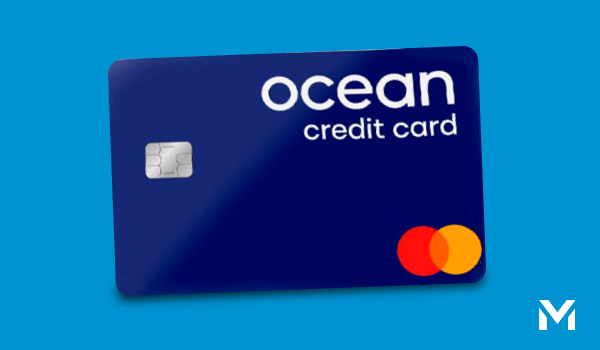
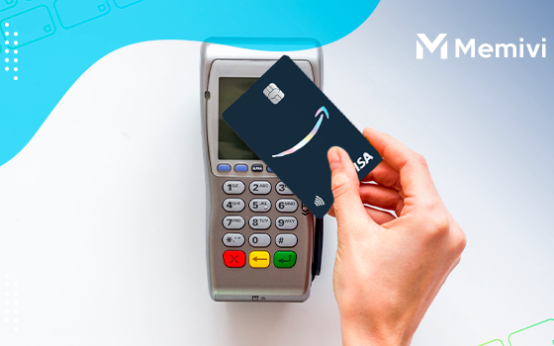 Deep Dive Into the Amazon Barclaycard Visa: Real Value or Just a Niche Perk? <p class='sec-title' style='line-height: normal; font-weight: normal;font-size: 16px !important; text-align: left;margin-top: 8px;margin-bottom: 0px !important;'> An in-depth guide to maximizing this Amazon-branded credit card and how it compares in real-world usage. </p>
Deep Dive Into the Amazon Barclaycard Visa: Real Value or Just a Niche Perk? <p class='sec-title' style='line-height: normal; font-weight: normal;font-size: 16px !important; text-align: left;margin-top: 8px;margin-bottom: 0px !important;'> An in-depth guide to maximizing this Amazon-branded credit card and how it compares in real-world usage. </p>  Advanced Guide to the Fluid Credit Card: Maximising Your 0% Balance Transfer Window <p class='sec-title' style='line-height: normal; font-weight: normal;font-size: 16px !important; text-align: left;margin-top: 8px;margin-bottom: 0px !important;'> A comprehensive look at how to use the Fluid Card effectively, avoid costly mistakes, and evaluate smarter alternatives for UK consumers. </p>
Advanced Guide to the Fluid Credit Card: Maximising Your 0% Balance Transfer Window <p class='sec-title' style='line-height: normal; font-weight: normal;font-size: 16px !important; text-align: left;margin-top: 8px;margin-bottom: 0px !important;'> A comprehensive look at how to use the Fluid Card effectively, avoid costly mistakes, and evaluate smarter alternatives for UK consumers. </p> 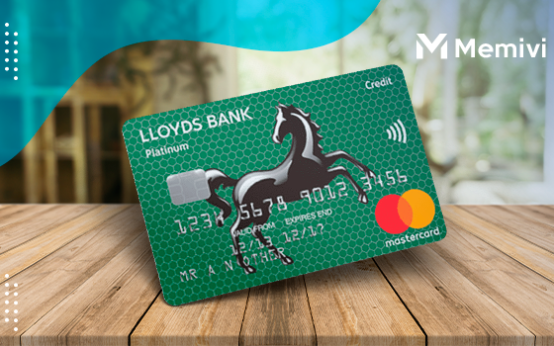 Maximising Value with the Lloyds Ultra Credit Card: A Practical Usage Guide <p class='sec-title' style='line-height: normal; font-weight: normal;font-size: 16px !important; text-align: left;margin-top: 8px;margin-bottom: 0px !important;'> This long-term cashback credit card is built for people who want straightforward rewards, global fee-free spending, and a product they can keep for years without paying an annual fee. </p>
Maximising Value with the Lloyds Ultra Credit Card: A Practical Usage Guide <p class='sec-title' style='line-height: normal; font-weight: normal;font-size: 16px !important; text-align: left;margin-top: 8px;margin-bottom: 0px !important;'> This long-term cashback credit card is built for people who want straightforward rewards, global fee-free spending, and a product they can keep for years without paying an annual fee. </p>